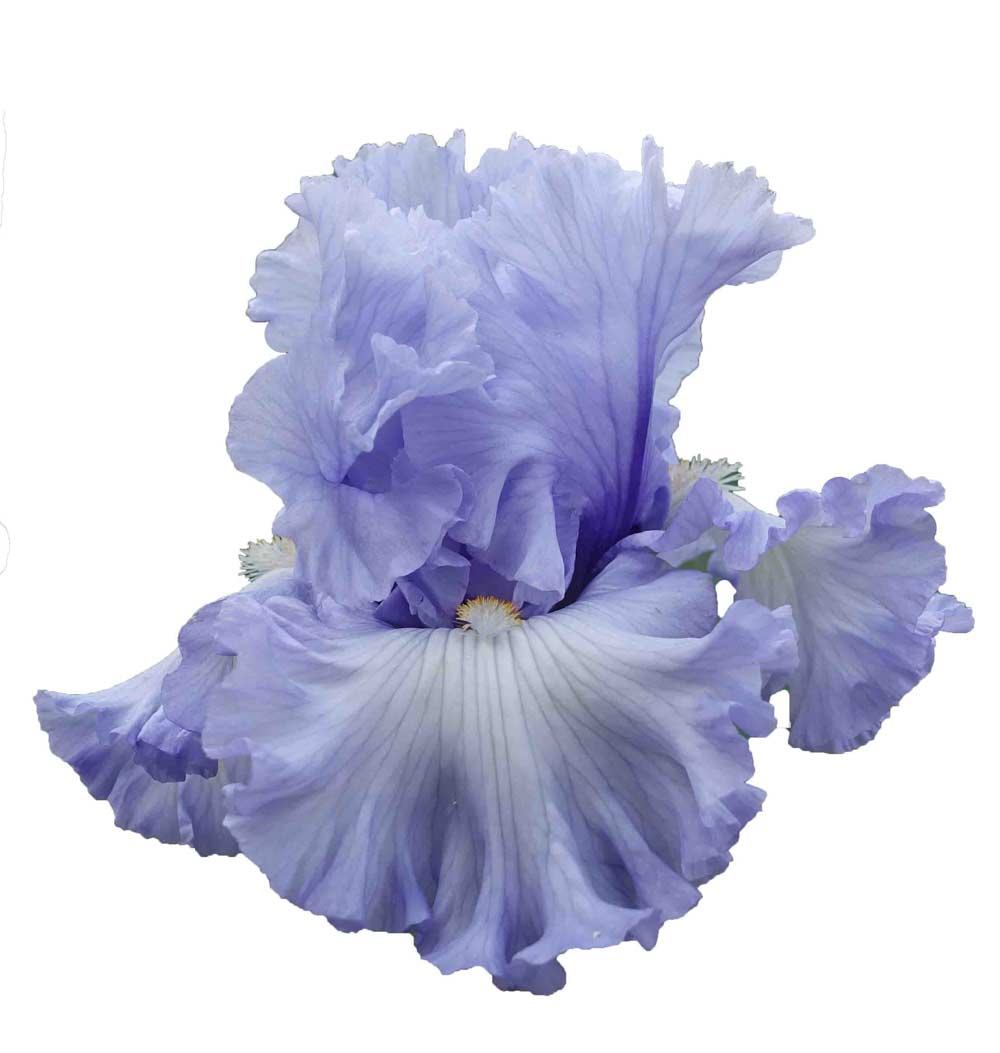
You can think about sharing the memory later with other people, or consciously taking in every scent during the event.“Mental time travel is so beautiful and rich.” “There are so many ways to use the mind as a time machine,” says researcher Fred B. For a research document in an academic book, it’s a surprisingly practical tool kit of dozens of strategies. They produced the “Ways of Savoring Checklist,” which they used to evaluate how different people hold on to experiences. “A conceptual model of savoring must consider not only reminiscence, but also anticipatory processes,” they wrote. Scanning the past and imagining the future were intimately part of the experience. Down off the mountain, he worked with Veroff to learn more about how people savor happy moments. But all this savoring made the experience seem more vast than the ten minutes he told me it encompassed. He thought of sharing the memory of the mountain with his loved ones and thought of his late grandfather, who also loved outdoor adventures.īryant and his companions weren’t on the summit long. He selected a stone from the summit as a souvenir. He noticed how his lungs felt, what he was smelling. He turned in a deliberate circle and recorded small details: a forest of aspen and spruce, a river below. Then with “a strong sense of the fleetingness of the moment” and a desire “to remember this moment” for the rest of his life, he made special efforts to capture the scene. He thanked God for enabling him to be there, and for creating mountains to climb. “The realization that it is here now intensifies my joy,” he thought.īryant projected himself forward into the future and thought about how he might look back on this memory.


He let his mind go to a time when he thought he would never experience this moment. He looked back into the past, recalling a back injury that had almost ended his climbing career. He embraced his friends and told them how happy he was to share this moment with them.

But he also knew he’d likely never be there again, so he did more than enjoy the view. He was in awe of the physical grandeur, of course. Bryant and the late Joseph Veroff share Bryant’s account of summiting the 14,000-plus-foot Snowmass Mountain in Colorado. In their book Savoring: A New Model of Positive Experience, researchers Fred B. Intriguingly, the richest experiences of savoring involve an awareness of the past and the future, as well as the present. The concept of savoring turns out to be a critical component in the field of positive psychology. The richest experiences of savoring involve an awareness of the past and the future, as well as the present. When you want to prolong something, you hold yourself right where you are. When you want time to pass quickly, you might wish yourself elsewhere. That this appreciation expands time can be understood by thinking of the opposite.

It takes normal gratification and adds a second layer to it: acknowledgment. To savor is to feel pleasure, and also to appreciate that you are feeling pleasure. Then, the more daring psychological feat: they find ways to savor the space of time where they currently are.Īctively savoring the present stretches your experience of time. There’s the practical: they learn to be where they’re supposed to be in enough time that they can relax. People who feel like time is abundant approach the present in two ways. But by developing the skill of savoring, you can maximize your moments - and your experience of time, according to author Laura Vanderkam. IStock Feeling like you’ve got all the time in the world is a wonderful sensation too bad it occurs so rarely.


 0 kommentar(er)
0 kommentar(er)
